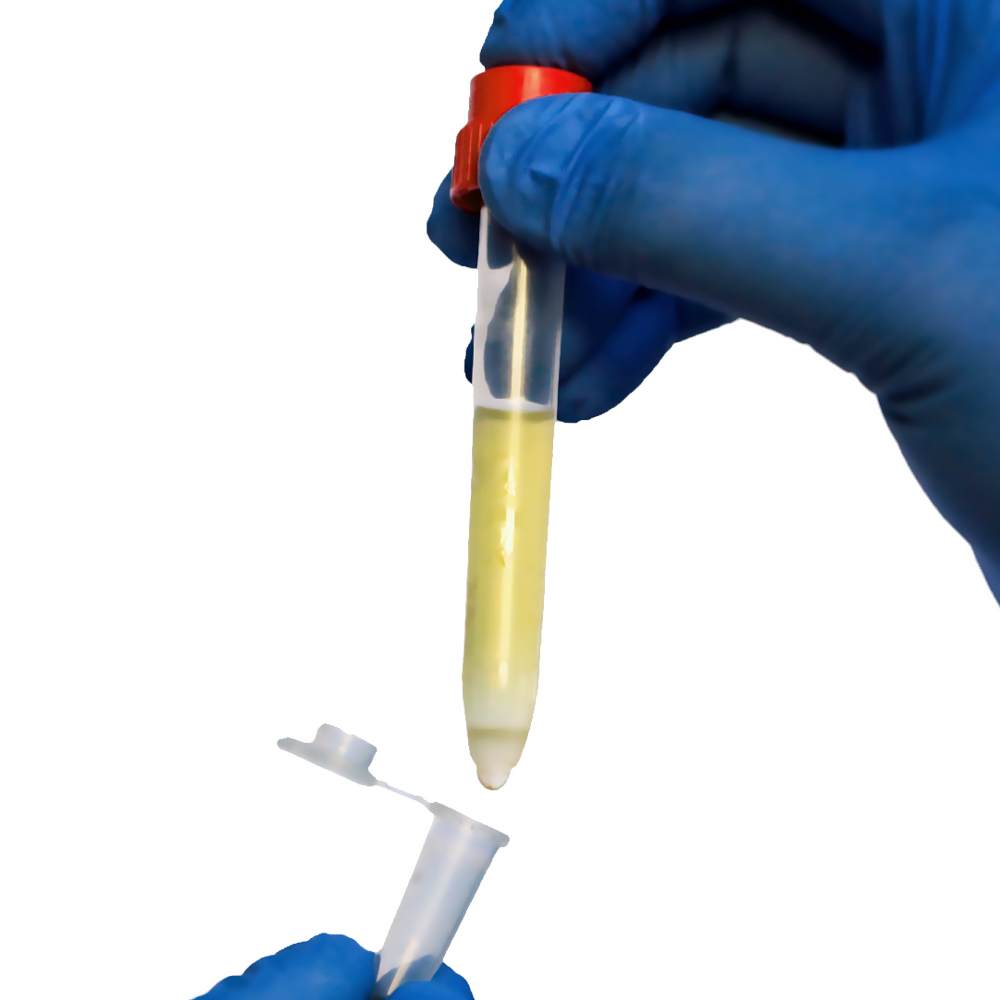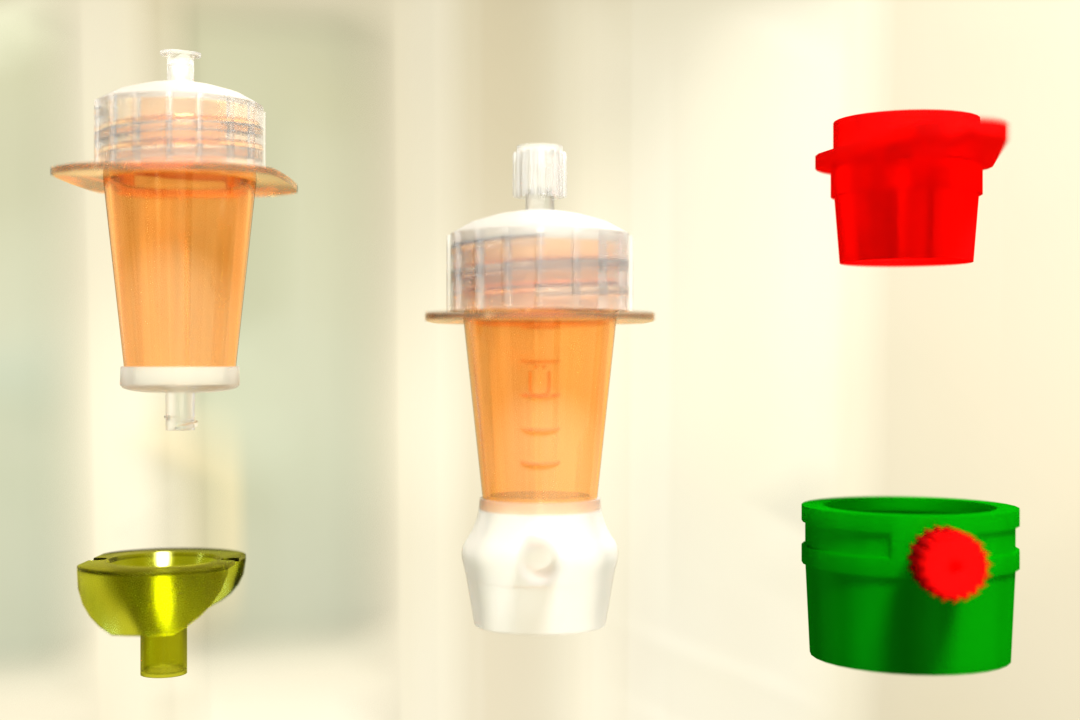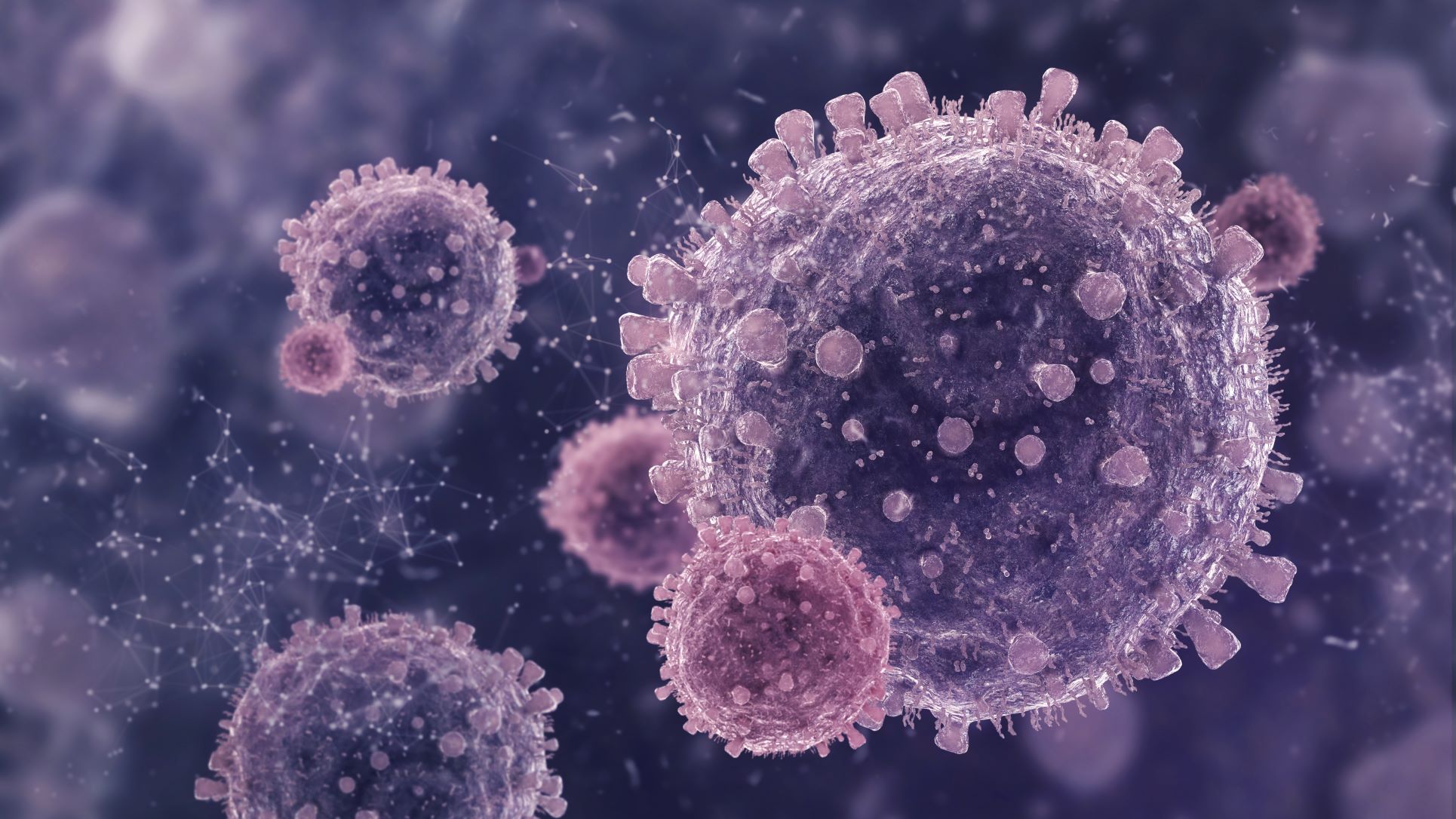Discover the power of antibody cell separation in cell enrichment techniques for molecular biology studies, With the ability to selectively isolate and thoroughly analyze specific cell populations, this approach offers valuable insights into cellular processes, paving the way for enhanced understanding in the field.
In the field of molecular biology, cell enrichment techniques play a crucial role in isolating specific cell populations for in-depth analysis. These techniques enable researchers to obtain purified cell subsets, facilitating a better understanding of cellular processes and molecular mechanisms. Among the various cell enrichment methods available, antibody cell separation has emerged as a powerful tool, allowing targeted isolation of specific cell types based on surface markers. This blog explores the significance of cell enrichment techniques, focusing on antibody cell separation and its applications in molecular biology studies.
Cell Separation Techniques
Cell separation techniques are essential for studying specific cell populations in heterogeneous samples. Several methods have been developed to achieve cell enrichment, including density gradient centrifugation, magnetic-activated cell sorting (MACS), fluorescence-activated cell sorting (FACS), and microfluidic-based techniques. Each method has its advantages and limitations, but they all aim to isolate target cells while maintaining their viability and functionality.
Antibody Cell Separation
Antibody cell separation is a powerful technique utilized in biological research to isolate specific cell populations from complex mixtures. While magnetic beads are commonly used in antibody cell separation, alternative methods exist that do not rely on magnetic properties. These non-magnetic approaches often involve the use of specific antibodies conjugated to other substrates. The antibodies selectively bind to cell surface markers, allowing for the isolation and enrichment of the desired cell type. This versatility opens up new possibilities for researchers, providing options for cell separation without the need for magnetic-based systems. These innovative techniques enable precise cell isolation and pave the way for a deeper understanding of cellular functions and molecular mechanisms.
Density gradient centrifugation
Density gradient centrifugation is a widely used technique in cell separation that utilizes the differences in cellular density to separate different cell populations. The process involves layering a sample onto a density gradient medium and subjecting it to centrifugal force. During centrifugation, cells migrate through the density gradient, with heavier cells settling closer to the bottom and lighter cells remaining near the top.
This differential sedimentation allows for the isolation of specific cell types based on their buoyant density. By carefully controlling the gradient composition and centrifugation conditions, researchers can achieve a highly efficient separation of cells. Density gradient centrifugation is particularly valuable for purifying delicate cells, such as lymphocytes, from complex mixtures while preserving their viability and functionality. It is an indispensable tool in various fields of research, including immunology, cell biology, and clinical diagnostics.
Applications of Antibody Cell Separation
Antibody cell separation has found numerous applications in molecular biology studies. Some key applications include:
Gene Expression Analysis: By isolating specific cell populations, researchers can analyze gene expression patterns in a more focused manner. This technique enables the identification of genes associated with particular cell types or states, providing insights into cellular functions and regulatory mechanisms.
Functional Assays: Isolated cells can be subjected to functional assays, such as proliferation, differentiation, and cytokine production assays, to investigate their functional properties under different conditions. This allows researchers to gain a better understanding of cellular responses and signaling pathways.
Immunophenotyping: Antibody cell separation allows the characterization of cell surface markers and the identification of distinct cell subsets within a heterogeneous population. Immunophenotyping enables the classification and quantification of specific cell types, contributing to the understanding of immune responses, developmental processes, and disease mechanisms.
Using the Right Antibody Cell Separation Method
Several methods are available for antibody cell separation, including positive selection and negative selection. Positive selection involves using antibodies that specifically bind to the target cells, allowing for their isolation, while negative selection involves using antibodies that bind to non-target cells, allowing for the isolation of the target cells.
Pluribead and Plurispin can serve as either the primary method or a supplementary technique to purify samples separated using other methods. What makes our products unique is their ability to offer high purity, sample viability, and throughput, which eliminates the need for additional purification steps. Our products do not use harsh magnetic fields or fast-moving liquids that could potentially harm cell health and physiology.
PluriBead
Pluribead is a technique where a particular antibody directly binds to the target cells, enabling their separation from other undesirable cells during subsequent enrichment steps. The unbound cells are removed, leaving only the desired cells. To immobilize the labeled cells, a cell strainer or magnets can be used when coupled with a solid phase.
Plurispin
Plurispin involves binding all cells to specific antibodies and separating them, except for the cells of interest. Unlike positive cell enrichment, this approach eliminates all unwanted cells. During this method, the desired cells remain unbound and “untouched” by the antibodies or beads, resulting in highly purified and viable cells.
Cell Enrichment using Density Gradient Centrifugation
Density gradient centrifugation is another method used to isolate PBMCs from whole blood. This technique involves layering the blood sample over a density gradient medium and centrifuging it. The density gradient medium separates the blood components based on their density, allowing for the isolation of PBMCs.
Conclusion
Cell enrichment techniques, particularly antibody cell separation, have revolutionized molecular biology studies by enabling the isolation of specific cell populations with high purity and viability. This technique plays a vital role in unraveling the complex cellular processes and molecular mechanisms underlying various biological phenomena. By employing cell separation techniques, researchers can conduct more focused and accurate analyses, paving the way for advancements in fields such as cancer research, immunology, and regenerative medicine. Antibody cell separation serves as a valuable tool in these endeavors, empowering researchers to explore the intricate details of cellular biology and contribute to scientific progress.
Reference:
Journals
NCBI
 English
English French
French
 German
German
 Spanish
Spanish
 Belgium
Belgium
 Italian
Italian Brazil
Brazil Chinese Mandarin
Chinese Mandarin




